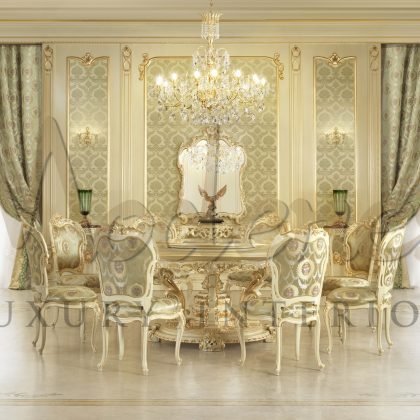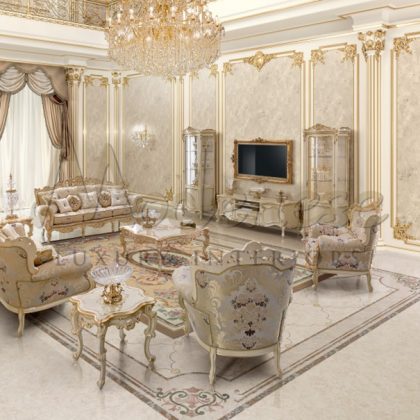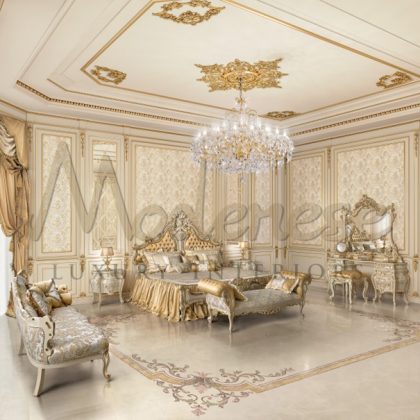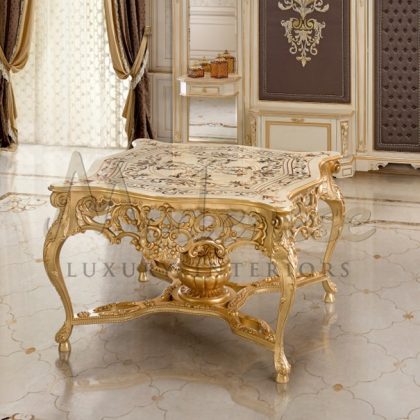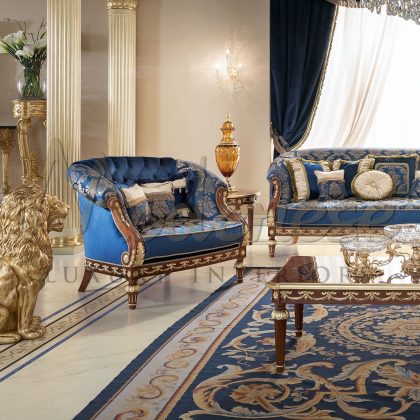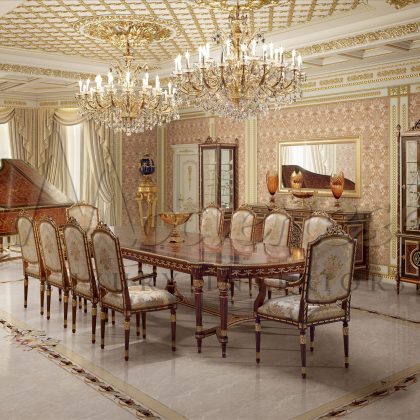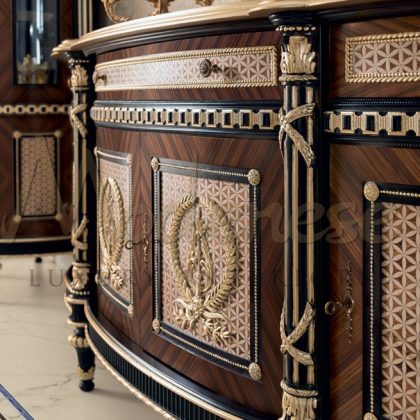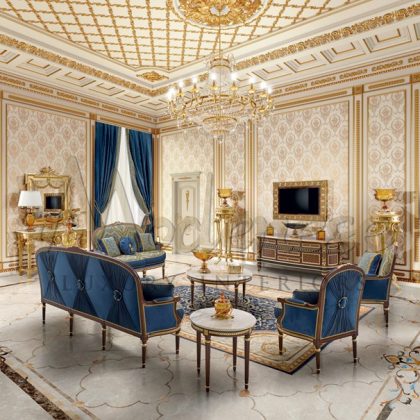The History of Classic Italian Furniture: Understanding the Craftsmanship and Style
Italian furniture is known for its elegance, quality craftsmanship, and timeless style. From classic baroque to contemporary minimalist designs. Italian furniture has left an indelible mark on the world of luxury interior design. In this blog post, we will delve into the history of Italian furniture. We explore the craftsmanship and style that has made it an enduring favorite in the industry.
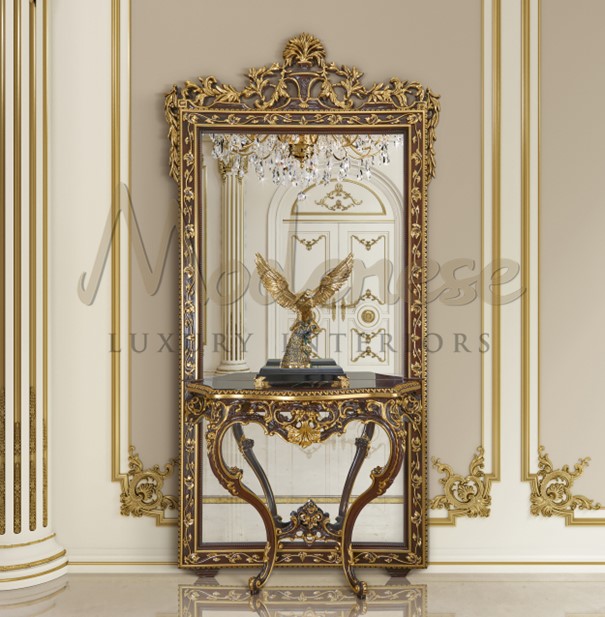
The Roots of Italian Furniture Design
The influence of Italian Renaissance on furniture design
Italian furniture design has a rich history that dates back to the Renaissance era. During this period, Italy was the center of the artistic and cultural world. And this influenced the development of furniture design. The Renaissance was characterized by an emphasis on humanism and classical art, which is reflected in the design of furniture.
The evolution of Italian furniture design through the centuries
The first Italian furniture designs were heavily influenced by Roman and Greek styles. They focused on symmetry, proportion, and clean lines. The furniture was made from premium materials, such as marble and precious woods. It often adorned with intricate carvings and decorations. Renaissance furniture was also highly functional, with many pieces serving multiple purposes.
As the Renaissance gave way to the Baroque period, Italian furniture design continued to evolve. Baroque furniture was characterized by grandeur and opulence, with elaborate designs and ornamentation. The furniture was often larger in scale and featured exaggerated curves and flourishes.
In the 18th century, the Italian furniture industry experienced a period of growth and expansion. This was due to the rise of the middle class, who had more disposable income to spend on luxury goods. During this time, Italian furniture became more refined and elegant, with a focus on simplicity and balance. Many pieces inspired by classical Greek and Roman designs, but with a contemporary twist.
The impact of Italy’s cultural and artistic heritage on furniture design
The evolution of Italian furniture design has continued into the modern era, with a focus on blending traditional styles. Italian furniture today characterized by a dedication to quality craftsmanship and premium materials. A focus is on functionality, comfort, and timeless design.
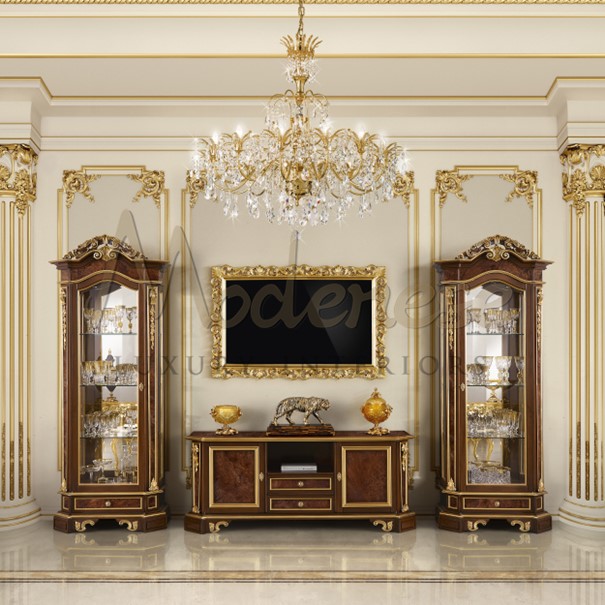
The Characteristics of Classic Italian Furniture
The use of premium materials like solid wood and marble
One of the defining features of classic Italian furniture is the use of premium materials like solid wood, marble, and glass. These materials lend a sense of luxury and timelessness to Italian furniture. Italian furniture is also famous because of its emphasis on elegance, simplicity, and clean lines. The focus on quality craftsmanship and attention to detail is another hallmark of Italian furniture design.
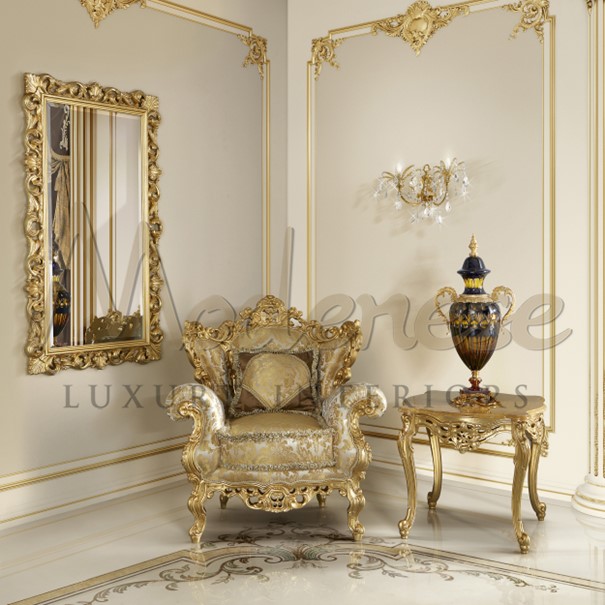
The Legacy of Italian Furniture Brands
Italian furniture brands have played a significant role in shaping the luxury interior design industry. Brands like Poltrona Frau, Molteni&C, and Cassina have become synonymous with quality craftsmanship and timeless design. These brands continue to innovate and push the boundaries of Italian furniture design.
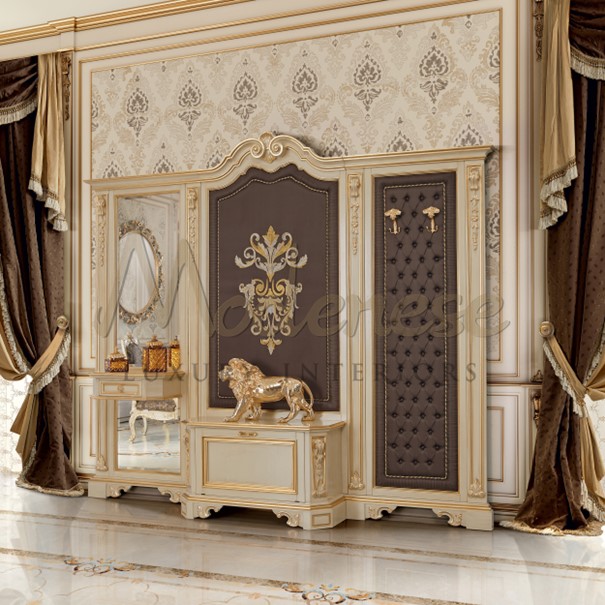
The Rise of Bespoke and Custom-Made Furniture
Understanding the concept of bespoke furniture
One of the recent trends in luxury interior design is the rise of bespoke and custom-made furniture. While Italian furniture brands have always been known for their craftsmanship and attention to detail. Bespoke furniture takes it to the next level. Bespoke furniture is tailor-made to the client’s specifications. Its allowing them to have a piece that perfectly fits their needs and complements their interior design.
The appeal of custom-made furniture for luxury interiors
Bespoke Italian furniture is often handcrafted by skilled artisans, using traditional techniques that passed down through generations. This not only ensures the highest level of quality and durability but also creates a unique piece that is one-of-a-kind. Clients have the freedom to choose the type of wood, the color, the texture, the design.
Custom-made furniture has become popular for luxury interiors. Because it provides a level of exclusivity and uniqueness that cannot be found with mass-produced pieces. Many luxury interior designers are opting for bespoke Italian furniture to create a truly custom look for their clients. Bespoke furniture not only adds a personal touch to a space, but it also serves as a conversation statement piece.
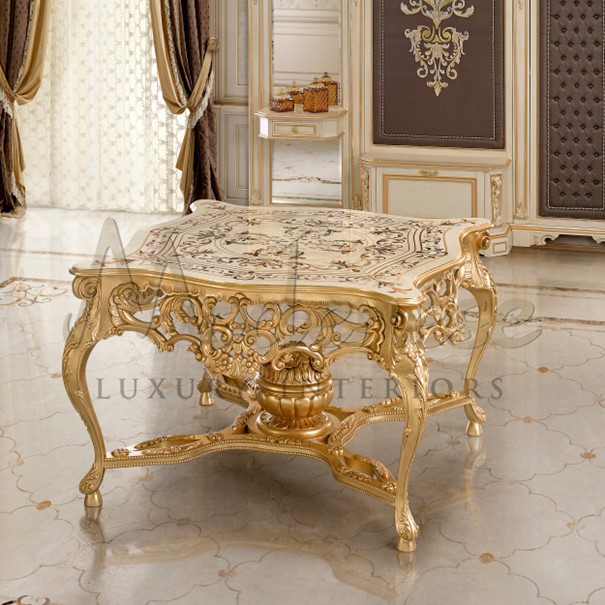
Classic Italian Furniture
The enduring popularity of classic Italian furniture in modern luxury interiors is a testament to the timeless appeal of this style. While some may assume that classic Italian furniture is outdated or irrelevant in today’s contemporary world, the truth is that this style continues to be a popular choice among designers and homeowners alike. The elegance, sophistication, and attention to detail that are inherent in classic Italian furniture are qualities that never go out of style.
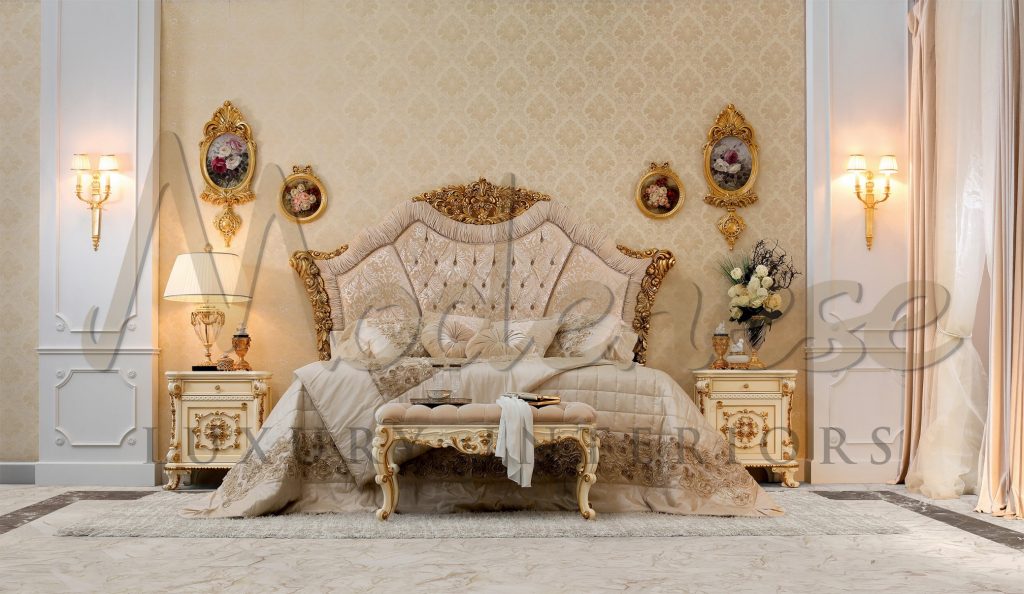
The Relevance of Classic Furniture
The integration of classic and modern elements in Italian furniture design has also led to the creation of new styles that appeal to a wider range of tastes and preferences. For example, some designers are now creating modern pieces that incorporate classic Italian motifs and design elements, such as ornate carvings or rich materials.
The integration of classic and modern elements in Italian furniture design
Moreover, the integration of classic and modern elements in Italian furniture design is another factor that makes this style relevant in today’s world. Many Italian furniture brands are now combining traditional craftsmanship with modern materials and techniques, resulting in furniture pieces that are both functional and aesthetically pleasing. This hybrid approach to furniture design ensures that classic Italian furniture remains relevant and accessible to modern homeowners and designers alike.
Overall, the enduring popularity of classic Italian furniture in luxury interior design is a testament to the style’s continued relevance and appeal. By preserving the craftsmanship and style of Italian furniture for future generations, we can ensure that this timeless style will continue to be appreciated and celebrated for years to come.
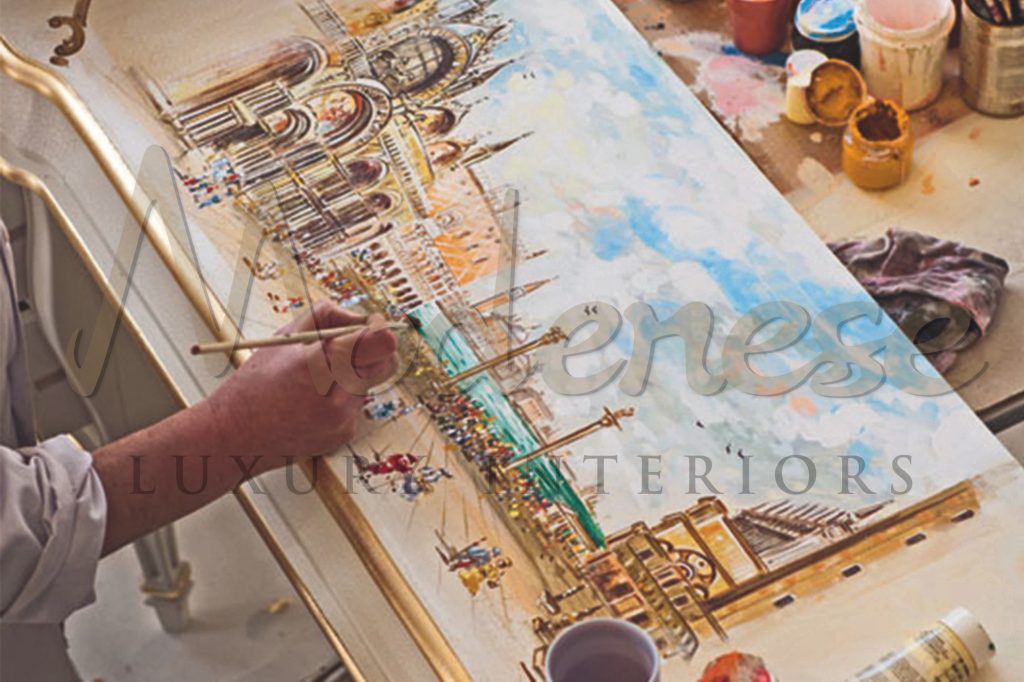
In conclusion, the history of classic Italian furniture is rich with cultural and artistic influence that has shaped the luxury interior design industry as we know it today. From the Italian Renaissance to contemporary design trends, Italian furniture recognized for its elegance, simplicity, and timelessness. The use of premium materials, intricate designs, and handcrafted details sets Italian furniture apart as a true testament to craftsmanship and artistry.
Italian furniture brands continue to be a dominant force in the luxury interior design industry, with their legacy of quality and style being passed down through generations. The trend towards bespoke and custom-made furniture solutions has also provided an opportunity for Italian furniture craftsmen to showcase their expertise and creativity, offering unique pieces that perfectly fit the individual needs and tastes of their clients.
As the luxury interior design industry continues to evolve. It is important to recognize the value and relevance of classic Italian furniture design. By preserving the craftsmanship and style of Italian furniture. We can ensure that future generations will continue to appreciate and enjoy the beauty and sophistication. Whether it’s a classic piece or a bespoke creation. Italian furniture will always have a timeless appeal that adds a touch of luxury and refinement to any interior design project.

